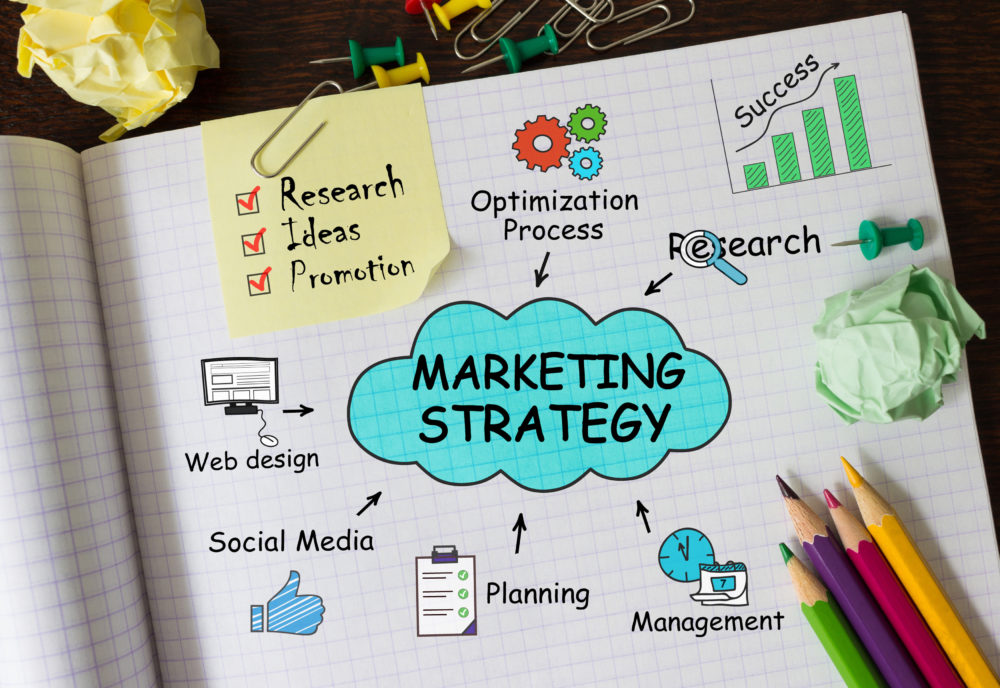
In the fast-paced business world, a strong marketing plan can open doors to new chances and relationships. This plan is a roadmap showing how a business’s marketing ideas can meet the needs and objectives of a future client or project.
This easy guide will help you craft an engaging marketing plan that shows you get what the client needs, while also highlighting your creative flair, smart planning, and the special value you bring.
Table of Contents
Getting to Know What the Client Wants
- Source: itsbossible.com
The key to a successful marketing plan is really getting what the client is all about, including their challenges, aims, and the market they’re in. Start by digging deep into the client’s brand, who they’re trying to reach, their competition, and the big picture of their industry.
This research step is vital because it lets you shape your plan to tackle the client’s specific issues and interests, making it more appealing to them.
Setting Clear Goals
Having clear, achievable goals is crucial for any marketing plan.
Once you’ve got a handle on what the client needs, figure out what you want your marketing push to achieve. These goals should be specific, measurable, doable, relevant, and time-bound (SMART).
Whether you’re aiming to make the brand more well-known, increase sales, or get customers more involved, your goals need to match up with the client’s main business aims and give a clear roadmap for your marketing actions.
Putting Together the Strategy
- Source: online.lincoln.ac.uk
With a solid understanding of the client’s needs and clear goals set, it’s time to lay out your marketing strategy.
This part is the core of your plan and should explain how you’ll reach your goals. Describe in detail the marketing methods, channels, and creative ideas you’ll use. Whether it involves online campaigns, traditional ads, or PR work, your strategy should be new, doable, and tailored to the client’s audience and budget.
To streamline this process, you may consider referring to a comprehensive marketing proposal template. This template can serve as a guideline, ensuring that all critical components of your strategy are covered comprehensively.
Budget and Schedule
A clear and realistic budget is a must-have for your marketing plan. It shows the money needed to bring your strategy to life.
Break down the costs for each part of the campaign, like creating content, buying ad space, tech costs, and any other expenses. Your plan should also have a schedule that outlines the main steps and stages of the campaign.
A well-thought-out schedule shows you’re good at managing projects and helps set realistic timelines for the client.
Measuring Success
- Source: medium.com
No marketing plan is complete without talking about how to measure its success. This section should outline the key performance indicators (KPIs) you’ll watch, like web traffic, conversion rates, social media activity, and sales numbers.
Also, talk about how you’ll gather and analyze this data. This part reassures the client that you’ll be able to see and show the real impact of your marketing work.
Success Stories and Happy Clients
Building trust and proving you’re the right choice for the client’s marketing needs is key. Adding success stories and positive feedback from past clients can really help persuade them.
Share examples of previous projects that were similar and the results you got. Positive words from happy clients add a personal touch and show you’re good at what you do.
Wrapping Up and What’s Next
The end of your marketing plan should tie everything together, reminding the client how your plan meets their needs.
Make it persuasive, encouraging the client to take the next step. Finish with a clear call to action, inviting the client to talk more about the plan, ask questions, or set up a meeting. This shows you’re keen to work with them and opens the door for more discussions.
Making Your Plan Stand Out

Source: banc.digital
How you present your marketing plan can really affect how it’s received. Make sure your presentation fits the client’s style and company culture.
This means thinking about the content, layout, design, and how you deliver your plan. For example, a traditional client might like a detailed document, while a creative agency might prefer something more visual. Use design elements, colors, and images that match the client’s brand and appeal to their team.
Your goal is to make your plan not just informative but also engaging and a good reflection of the client’s brand.
Staying in Touch
After you share your marketing plan, it’s important to have a plan for following up. This part of your plan should lay out the next steps and suggest a timeline for getting feedback and making decisions. You could propose dates for a follow-up meeting or call to go over the plan in detail.
Having a follow-up plan shows you’re proactive and dedicated to the project, keeps the momentum going, and makes sure any questions or concerns from the client are quickly dealt with.
Staying Flexible and Adaptable
In today’s ever-changing market, being able to adapt your plan is as important as the plan itself. Even with a solid marketing strategy, things can shift – like market trends, customer preferences, or even the client’s goals. That’s why your marketing plan should include a section on flexibility.
Talk about how you’ll keep an eye on the campaign’s progress and the market. Explain how you’re ready to tweak the plan if needed, to make sure it stays effective and relevant.
This shows the client that you’re not just a planner but a problem-solver, ready to navigate any twists and turns to keep their campaign on track.
Building a Strong Relationship

Source: mbopartners.com
At the heart of a successful marketing plan is the relationship between you and the client.
It’s more than just business; it’s about building trust and understanding. Dedicate a part of your plan to discuss how you’ll work with the client throughout the campaign.
This includes regular updates, meetings, and feedback sessions. It’s also about listening to their concerns and ideas, and being open to collaboration.
This approach not only makes the campaign more effective but also strengthens the bond with the client, paving the way for future projects and a long-term partnership.
Final Thoughts
Making a marketing plan is a mix of creativity, smart planning, and practical thinking.
It’s all about understanding what the client needs, setting clear goals, and offering innovative strategies that bring real results.
By following this guide, you can make a marketing plan that not only stands out but also lays the groundwork for a successful partnership. Remember, the best plans connect with the client, show your value, and make them confident in your skills.










